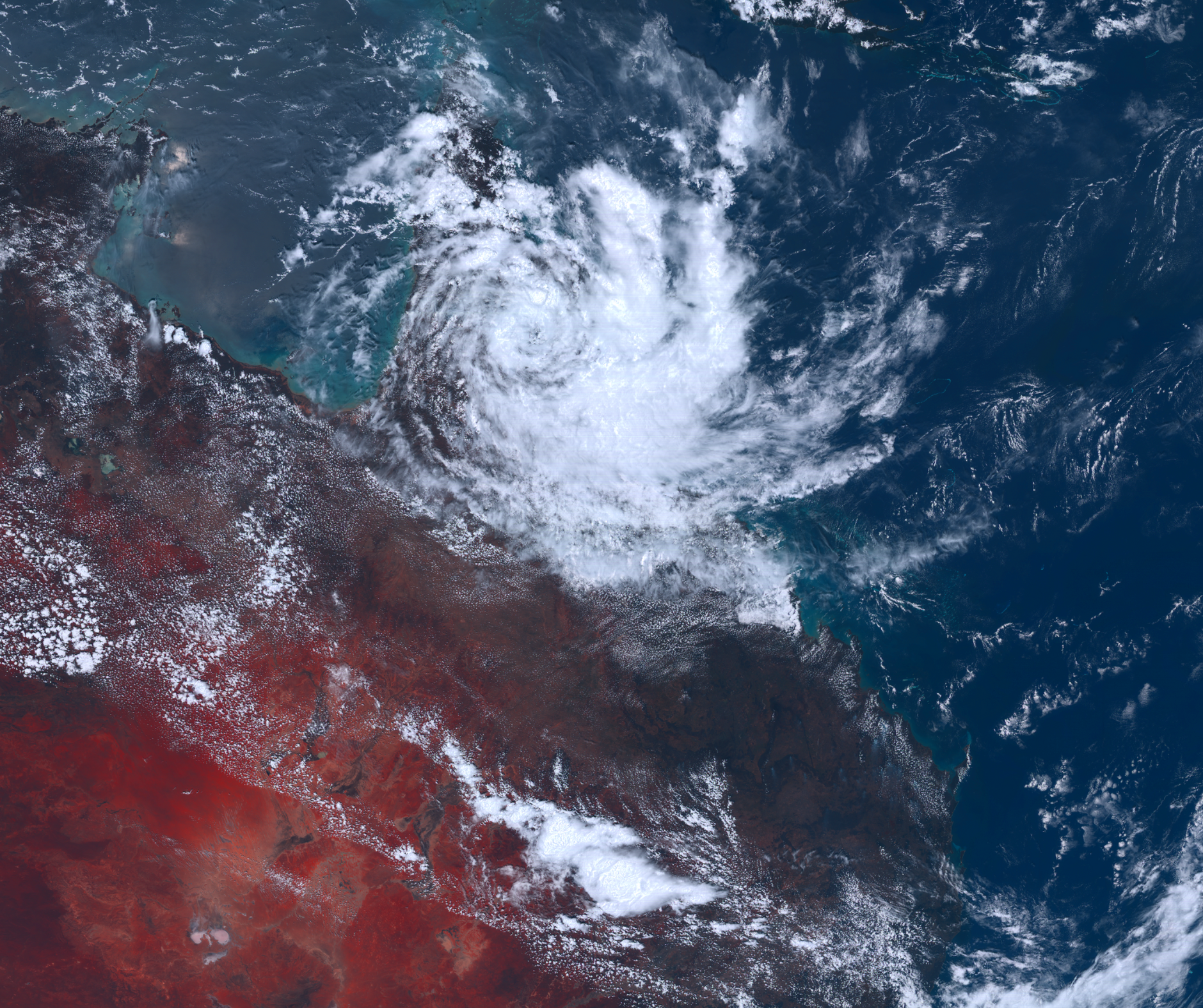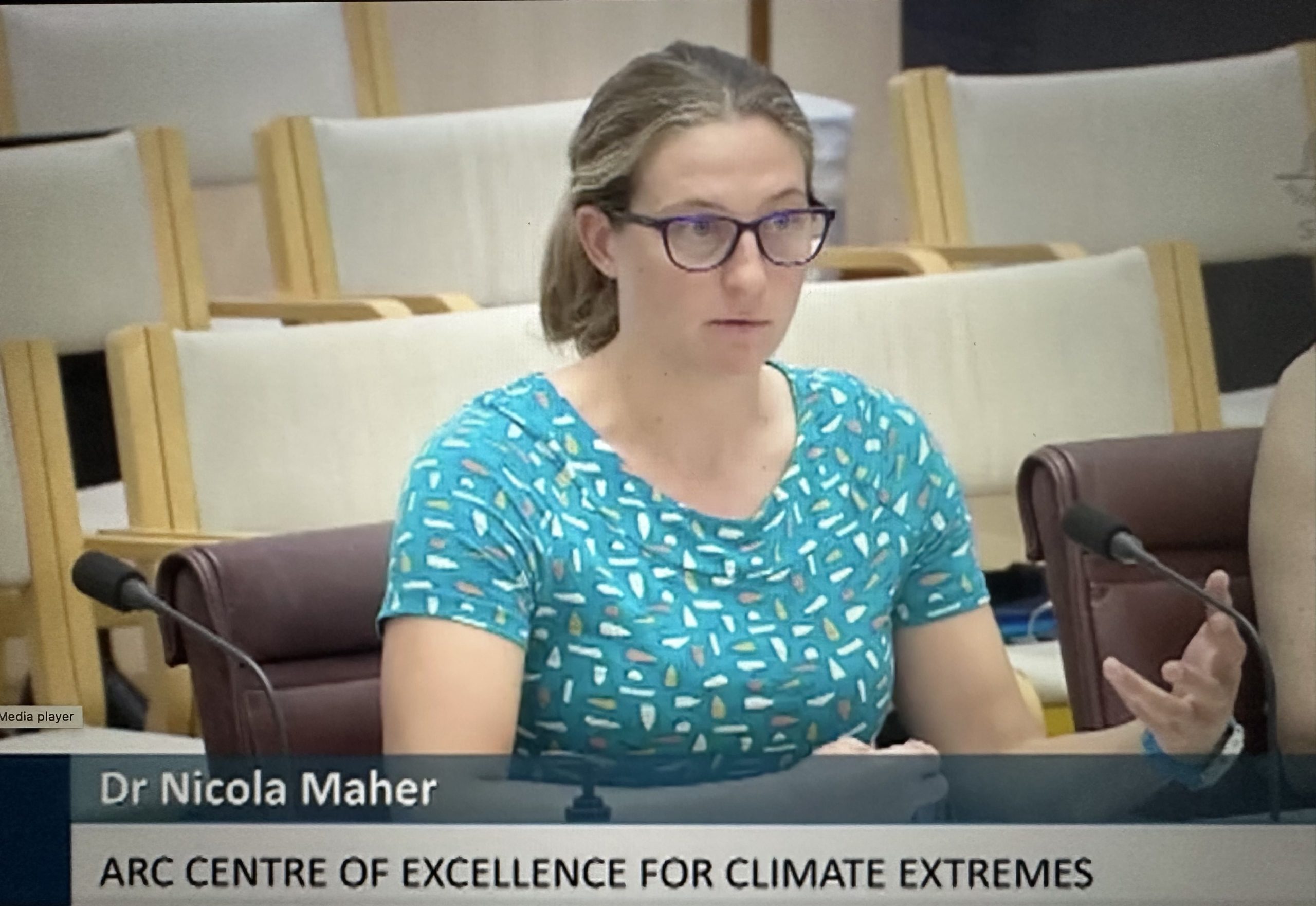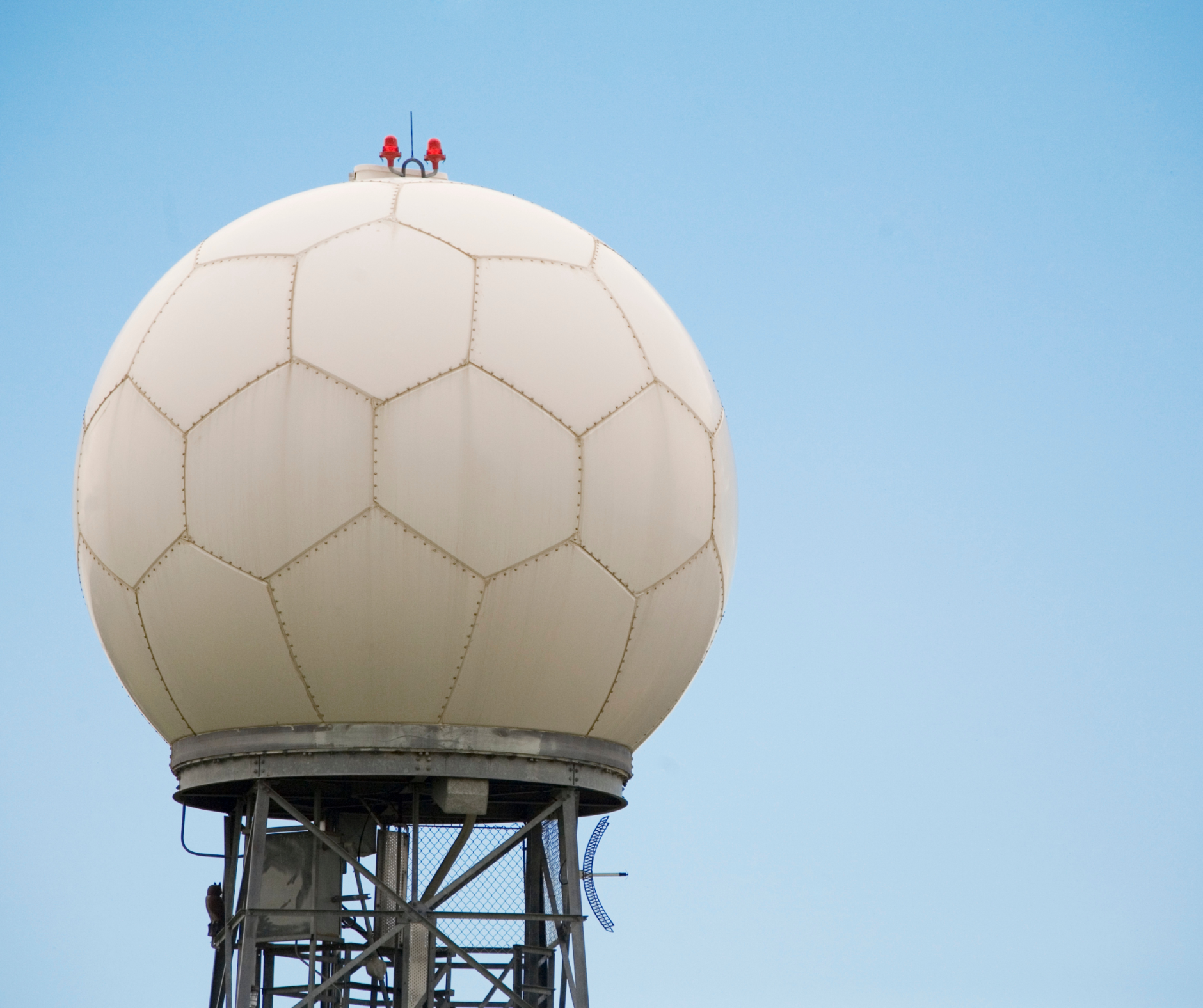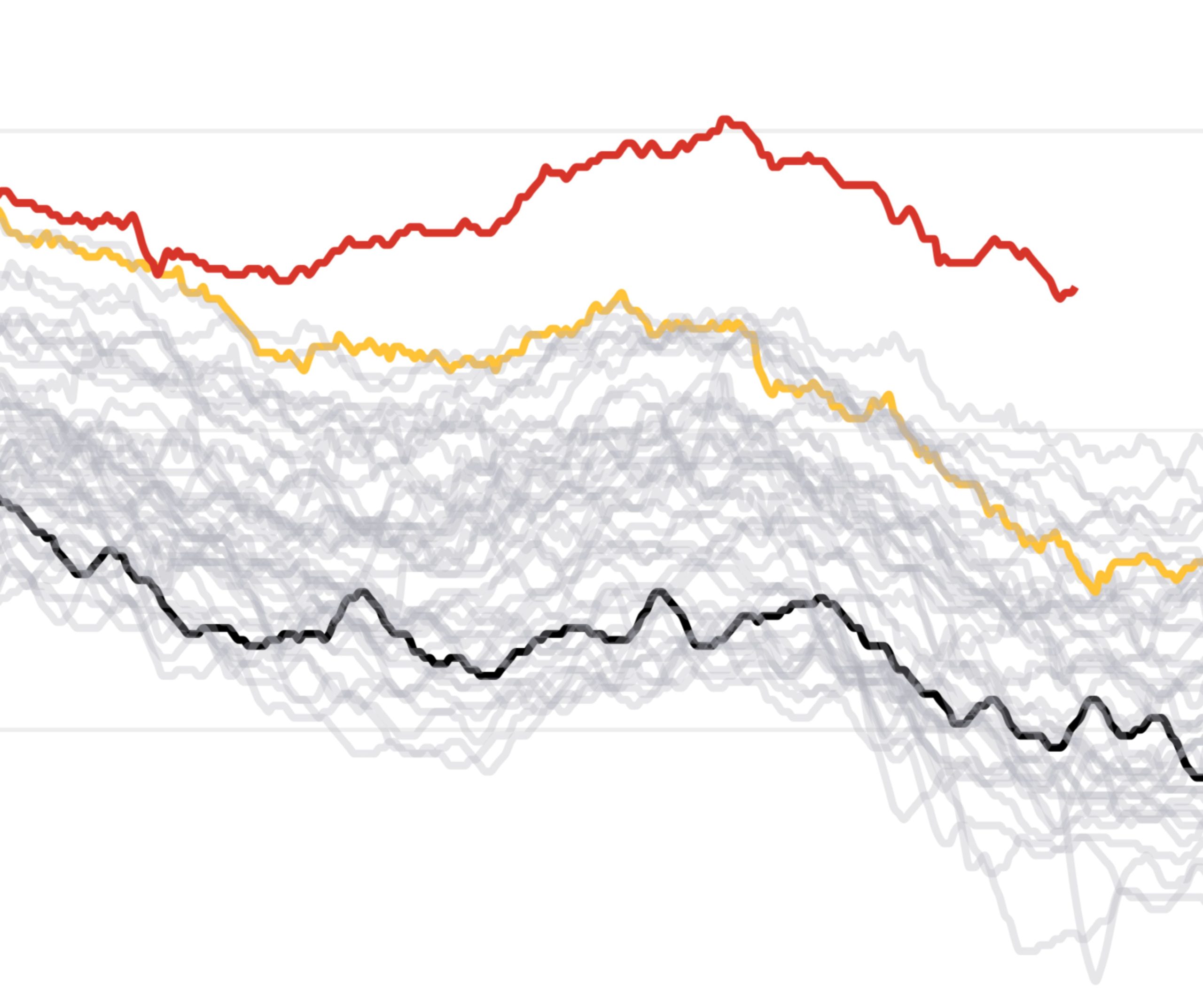-
International Women’s Day

We are proud to support International Women’s Day 2024 and honour the achievements of women. Whilst progress has been made, we must strive to remove barriers to reach gender equity in all areas.
-
Climate extremes in Australia: new report analyses major events of 2023

From Cyclone Jasper to devastating fires in Queensland, Australia experienced unusually intense events in 2023. The State of Weather and Climate Extremes 2023 report, written by more than 30 of Australia’s leading scientists, provides an analysis of the key extremes event of last year.
-
Climate Change Amendment Bill 2023: Dr. Nicola Maher represents young climate scientists at the Australian Parliament

Following a submission by early career researchers from the ARC Centre of Excellence for Climate Extremes in late November 2023, Dr. Nicola Maher provided evidence on the Climate Change Amendment (Duty of Care and Intergenerational Climate Equity) Bill Inquiry 2023.
-
Dangerous climate tipping points will affect Australia. The risks are real and cannot be ignored

Climate scientists have known for a while that there are “tipping elements” in the climate system. These elements can undergo an abrupt change in state, which becomes self-perpetuating and irreversible for a very long time.
-
Researchers develop new methodology to study rainfall events from weather radar observations

This new approach makes it possible to study key characteristics of rainfall events in Australia and improves our understanding of heavy rainfall events.
-
Ocean warming: new study shows how ocean fronts have changed in oceanic hotspots and how this could impact global fisheries in the future

Ocean fronts affect phytoplankton and marine food webs, including commercially important fisheries. As the ocean warms, any change in fronts could have considerable socio-economic impacts.
-
Projecting future heat stress in Australia using climate models

As the summer continues many of us are experiencing very hot temperatures. It is important to be prepared for extreme conditions which can lead to heat stress.
-
What does El Niño do to the weather in your state?

El Niño brings hot and dry weather to the eastern states, but what about the rest of Australia? Explore the impacts of El Niño with this new interactive map.
-
Annual workshop 2023: climate scientists gather in Brisbane for cross-institutional collaboration

Researchers from the ARC centre of Excellence for Climate Extremes came together in one place to celebrate their scientific advances and plan for the future together.
-
In September we went past 1.5 degrees. In November, we tipped over 2 degrees for the first time. What’s going on?

The climate is enormously complex. We should see the first day 2°C warmer than the same day in the pre-industrial period as a stark warning – but not as a sign to give up.
